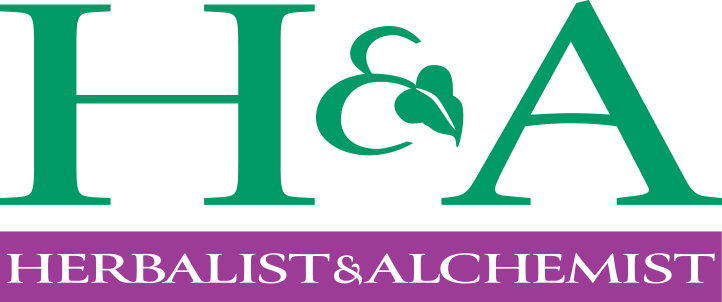Since I have been talking, writing, formulating and teaching about adaptogens for decades, it’s been gratifying to see this class of herbs become better understood, and more widely known in the mainstream media. Another category of herbs I often discuss is “alteratives” which are also poorly understood.
The concept and belief in the benefit of alterative substances was common in both orthodox medical practice and sectarian medicine (Eclectics and Physio-medicalists) throughout the 18th and 19th centuries. In the 1819 London Medical Dictionary, Bartholomew Parr defines an alterative (from the Latin altoros, meaning to change), as a substance that corrects “acrimony in the blood.” Even as late as the 1930's, dispensatories and materia medicas still included alterative remedies. By the 2nd World War in the 1940’s, the use of this term and the use of alterative agents had, for the most part, disappeared from orthodox medical practice, although Herbalists and Naturopathic physicians continued to use these substances as an important part of their therapeutic regimens.
The meaning of the rather nebulous term “alterative” has changed over the centuries. Originally, they were used to remove blood dyscrasias (a taint in the blood), which referred primarily to syphilis. Later, the term became synonymous with “blood purifier,” which is not accurate as no herb directly purifies the blood. Today many books state that an alterative is an herb “that alters an unhealthy state to a healthy state.” Isn’t that pretty much what all herbs do? If that was a valid definition, every herb would be an alterative.
My definition is that an alterative is a substance that produces a gradual beneficial change in the body by improving the body’s processes of eliminating metabolic wastes via two or more of the major eliminatory organs (lungs, lymph, skin, kidney, liver, and large intestines) thus decreasing the metabolic load and improving the body's natural ability to heal and function in a healthy manner. They do not cleanse the blood, but support the function of the organs that do.
Classic Alterative Formulas Combine alteratives of different strengths of action:
• Mild Alteratives
• Moderate Alteratives
• Stronger Acting Alteratives
I often will include an alterative herb as one component in a formula because it works with the other herbs synergistically.
But I have several formulas that are primarily alteratives:
